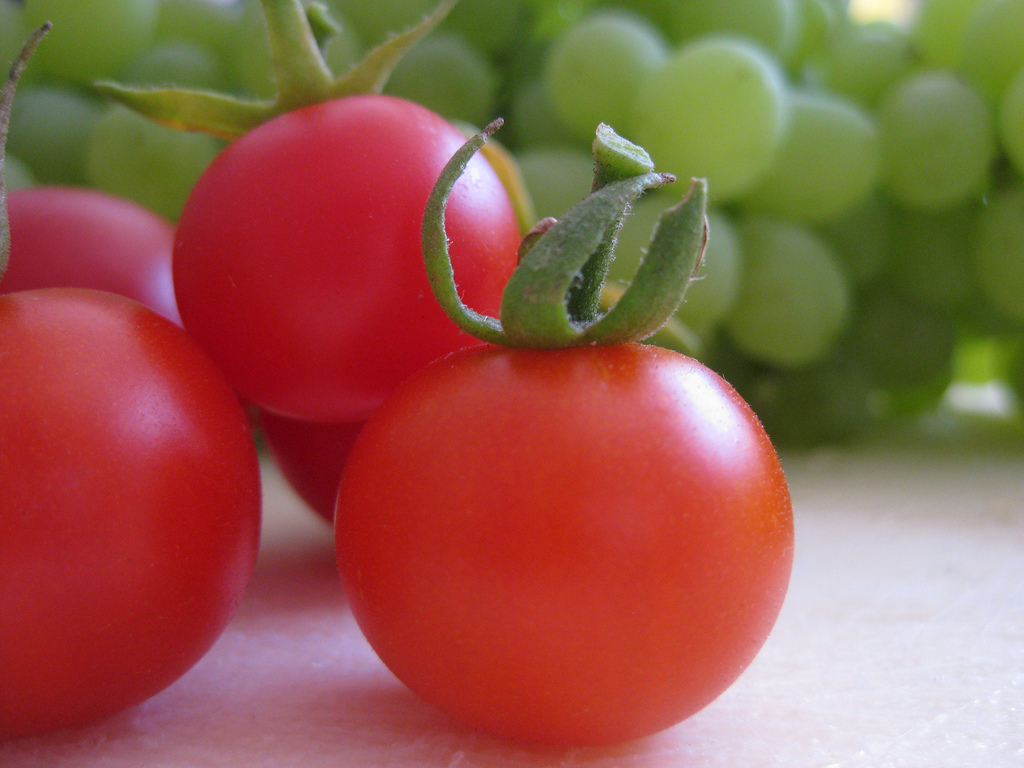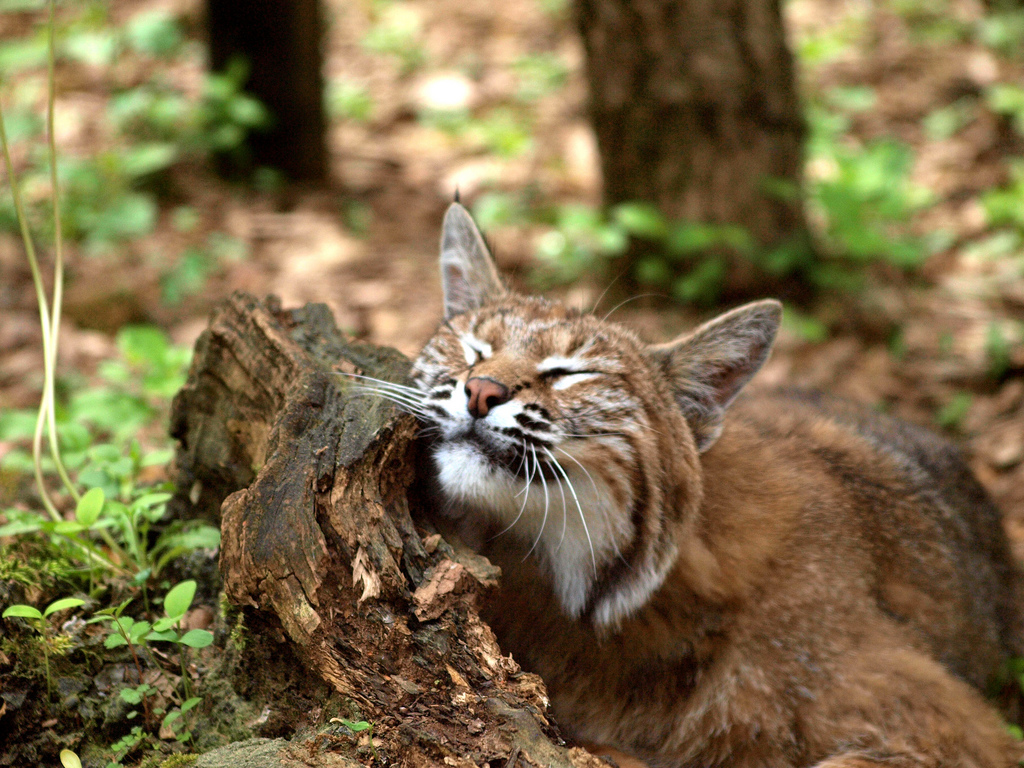Have you ever grown a vegetable garden? If you’ve poured your body, mind and heart into gardening through the seasons, you’ve probably learned that the harvest you reap is a factor of not only what you sow but the location in which you sow it. Indeed, that harvest you reap will result from the best combination of sunlight and soil you can cobble together to yield the bountiful crop you desire for your dinner table.
 As you work your garden, you begin to learn that the tomatoes and the squash prefer loamy, well-drained soil and as much sun as they can get, while the mint and the lettuces want more shade but may tolerate a less-rich clay. You begin to understand which plant – even which horticultural variety – grows best in which location within your garden.
As you work your garden, you begin to learn that the tomatoes and the squash prefer loamy, well-drained soil and as much sun as they can get, while the mint and the lettuces want more shade but may tolerate a less-rich clay. You begin to understand which plant – even which horticultural variety – grows best in which location within your garden.
In turn, as you taste the array of flavors that are released from your hand-grown produce, bitter to sweet, you find that you can compare a semi-shaded Roma tomato under north-facing eaves to a Roma tomato that has seen a full day’s sunlight over by the north fence. You can even see this difference in the color of the fruit, its size, its texture and when it ripens. With each season as a gardener, you come to learn which conditions yield a bumper crop of great-tasting produce – and you adjust your planting locations accordingly.
As a result, though you may not choose to compare yourself to the best of viticulteurs working across the globe’s finer grape-growing regions, you may still, more than the average wine drinker, come to fully respect a sense of terroir in your own garden as much as you might seek terroir in a glass of wine.
 And yet, whether raising a garden or a wine glass, you may suspect that a sense of place may exist not only in the relative smallness of your own backyard but beyond it to the greater backyard that constitutes your local environs – and you’d be right. For somewhere between your garden and where that glass of wine hails from, wherever there is a natural setting near you that hasn’t been plowed under or paved over, there is a sense of the place itself – a place where only certain plants grow and only certain animals frequent. How we relate to these natural places – and the unfettered lives that engage within them – is every bit as important to us as how we select our food for the table and how we enjoy the fruits of the vine. For some of us, just knowing that these wild places exist is important enough. The rest of us, however, realize we cannot truly appreciate this sense of place without first being dressed for the occasion.
And yet, whether raising a garden or a wine glass, you may suspect that a sense of place may exist not only in the relative smallness of your own backyard but beyond it to the greater backyard that constitutes your local environs – and you’d be right. For somewhere between your garden and where that glass of wine hails from, wherever there is a natural setting near you that hasn’t been plowed under or paved over, there is a sense of the place itself – a place where only certain plants grow and only certain animals frequent. How we relate to these natural places – and the unfettered lives that engage within them – is every bit as important to us as how we select our food for the table and how we enjoy the fruits of the vine. For some of us, just knowing that these wild places exist is important enough. The rest of us, however, realize we cannot truly appreciate this sense of place without first being dressed for the occasion.
And so, as you would do for the garden, you don your sturdy shoes and you set out to seek a sense of your own place within things.
 Walking in the wild places beyond our own backyards – and yes, beyond the vineyards’ edge – can enrich our lives immensely. Yet, unlike maintaining a vegetable garden or an 80-hectare vineyard, making sense of the natural world simply by the power of our own locomotion can cost very little for the well-being it returns. Indeed, these moments in search of place and self are further enriched when we begin to learn about the place we’ve chosen to walk. It’s more than just knowing the names we give to things – it’s choosing to bear witness to the relationships those things have to us and to each other. In the immediate sense, it’s about living in, and having the awareness to make sense of, this present moment. But when we think beyond the backyard gardens of our own selves, we know that we still reap what we sow, wherever we are.
Walking in the wild places beyond our own backyards – and yes, beyond the vineyards’ edge – can enrich our lives immensely. Yet, unlike maintaining a vegetable garden or an 80-hectare vineyard, making sense of the natural world simply by the power of our own locomotion can cost very little for the well-being it returns. Indeed, these moments in search of place and self are further enriched when we begin to learn about the place we’ve chosen to walk. It’s more than just knowing the names we give to things – it’s choosing to bear witness to the relationships those things have to us and to each other. In the immediate sense, it’s about living in, and having the awareness to make sense of, this present moment. But when we think beyond the backyard gardens of our own selves, we know that we still reap what we sow, wherever we are.
And so, we seek – indeed we choose – to develop a sense of the natural world and our own place within it – a terroir, if you will, of the body, mind and heart.
 Russ Beebe hosts fun and memorable hiking and wine-tasting tours in the California wine country. When he must be indoors, he’s a Silicon Valley technical writer. Amble on over to his website of guided tours, California Wine Hikes, and his one-of-a-kind blog, Winehiker Witiculture.
Russ Beebe hosts fun and memorable hiking and wine-tasting tours in the California wine country. When he must be indoors, he’s a Silicon Valley technical writer. Amble on over to his website of guided tours, California Wine Hikes, and his one-of-a-kind blog, Winehiker Witiculture.

![Reblog this post [with Zemanta]](http://img.zemanta.com/reblog_e.png?x-id=e09417a5-8412-4e64-876e-9c497106ece9)